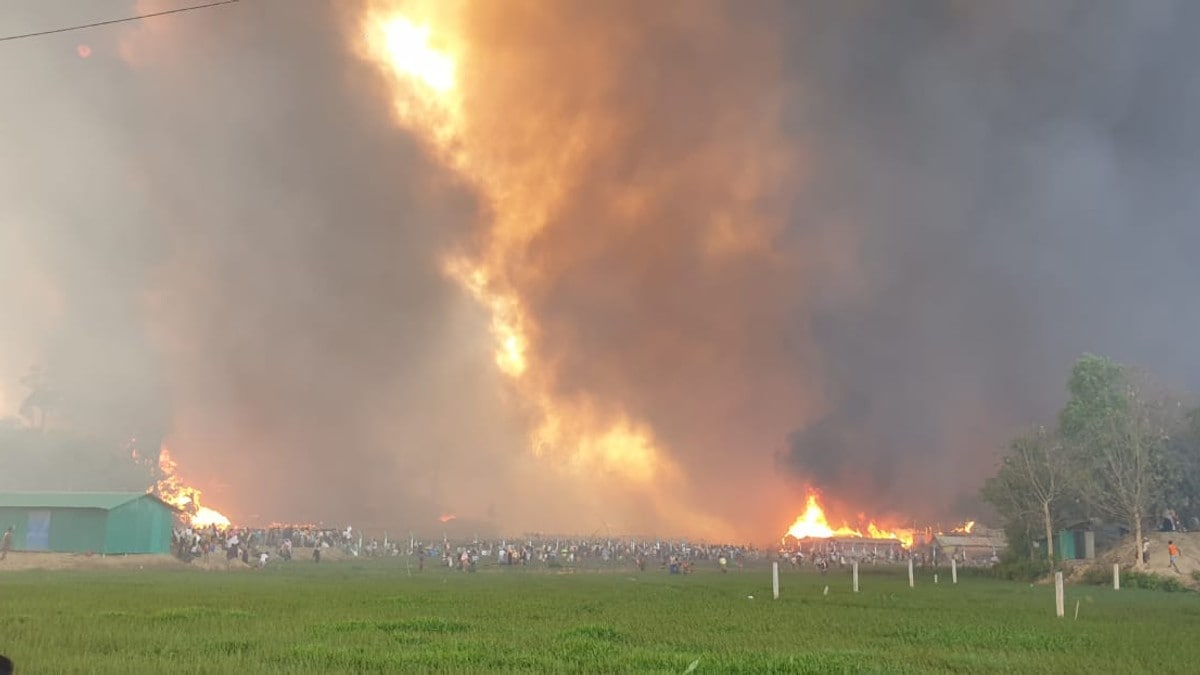The refugee camp ravaged by the blaze is located in Bangladesh, and houses hundreds of thousands of Rohingya refugees from Myanmar. According to the news agency AFP, at least 20,000 people have fled the flames.
– The four sub-camps we know have been affected so far, house around 123,000 people in very flimsy bamboo huts where the wind has now taken hold and spread this fire extremely quickly. It is extremely difficult to stop, says Cathrine Tranberg Hårsaker to NRK.
She now works for the Red Cross, but has previously worked for the UN in these camps for five years.
Fire in the world’s largest refugee camp, Cox´s Bazaar in Bangladesh.
–
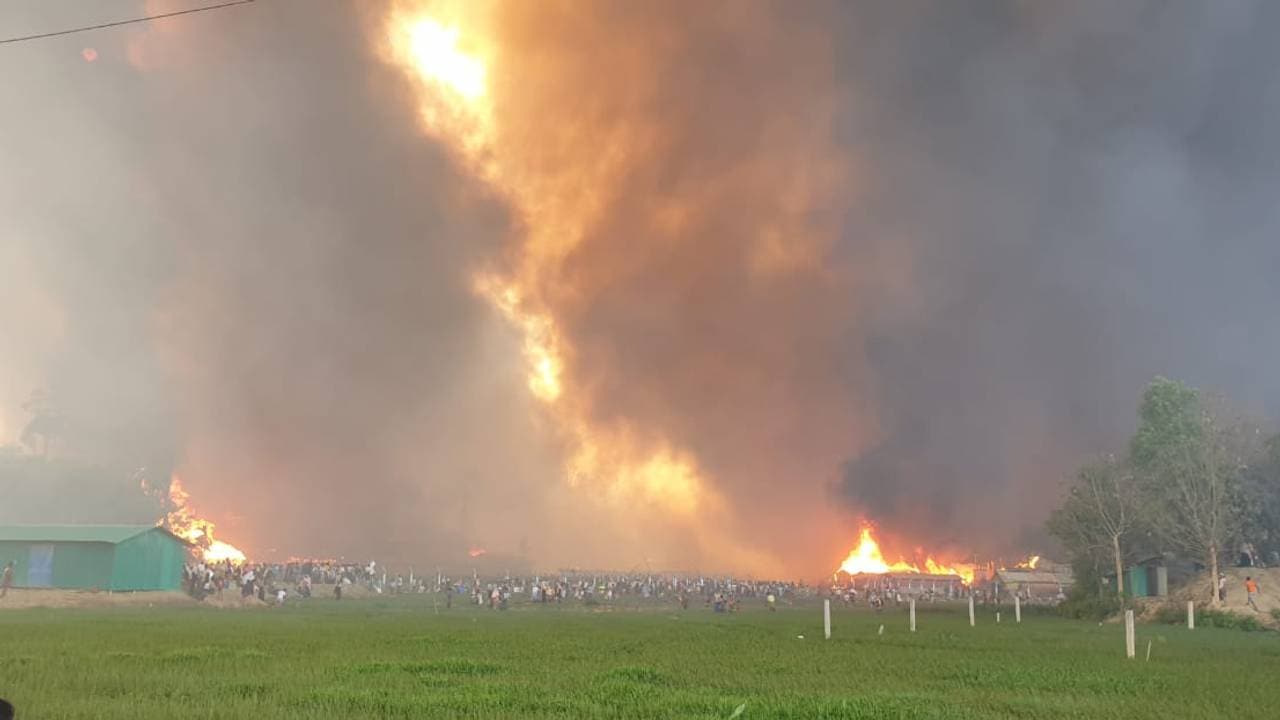
Fire in the world’s largest refugee camp in Cox´s Bazaar, Bangladesh.
–
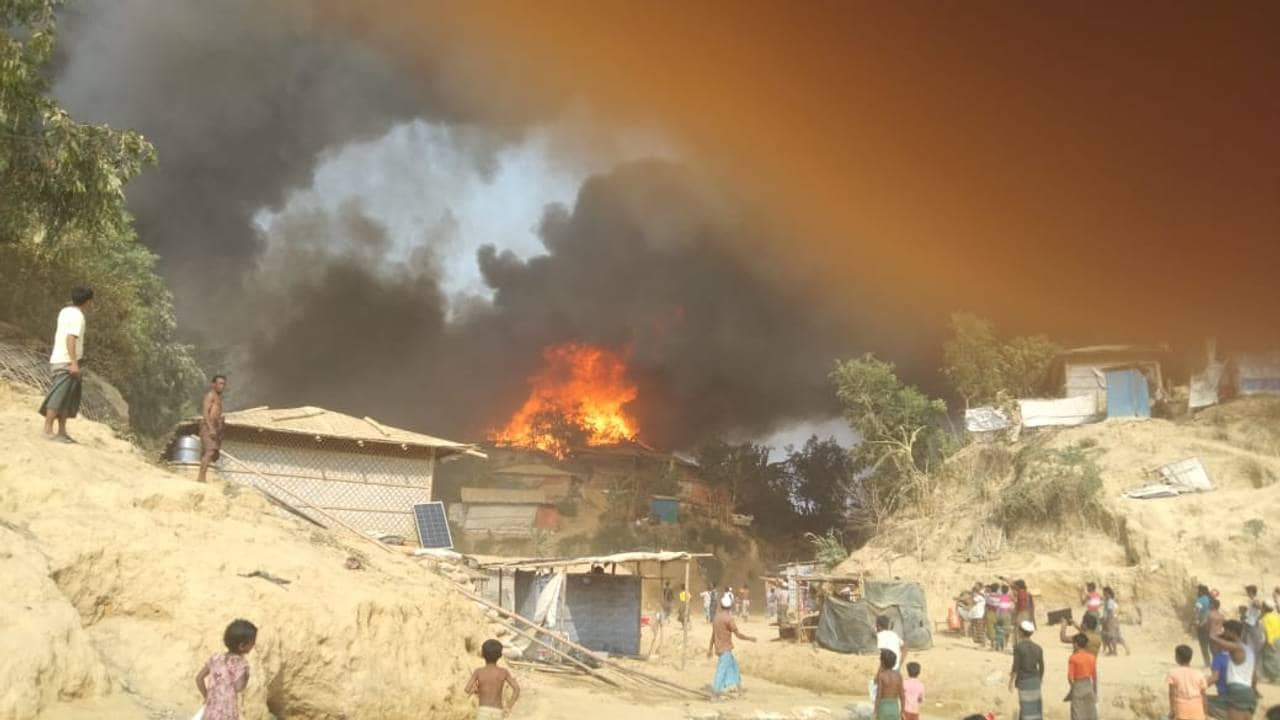
Fire in the world’s largest refugee camp in Cox´s Bazaar, Bangladesh.
–
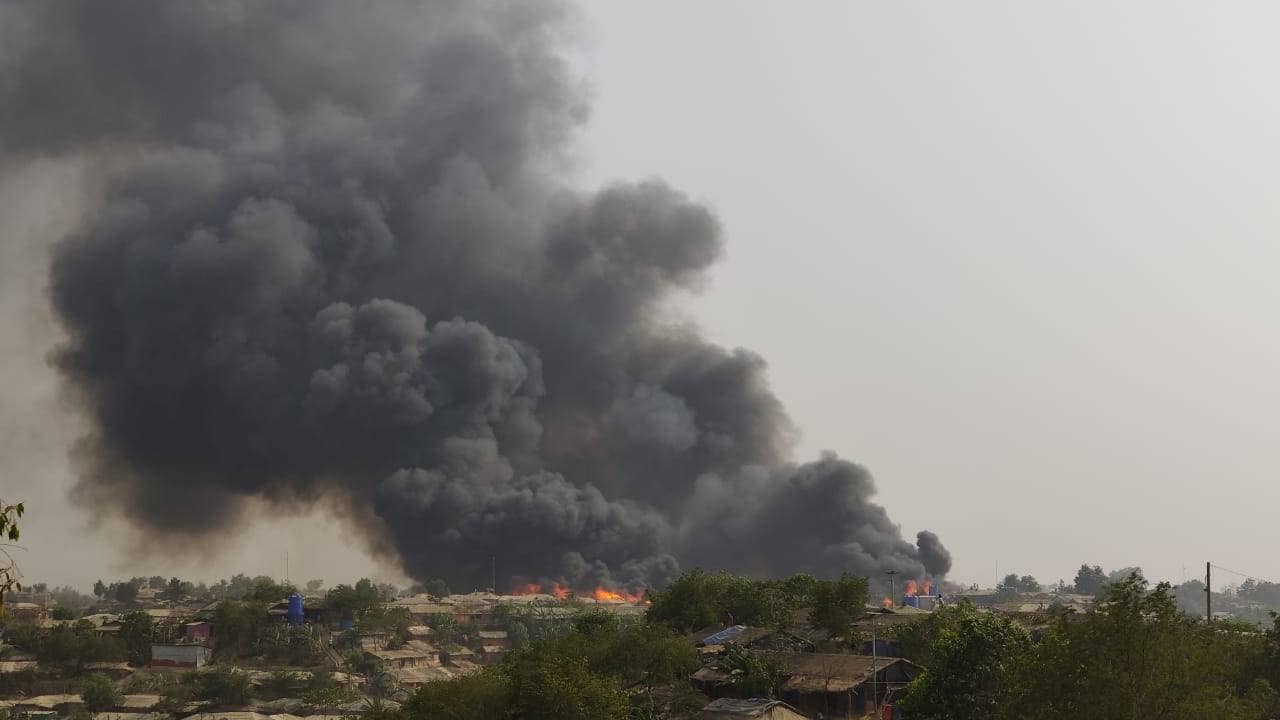
Fire in the world’s largest refugee camp in Cox´s Bazaar, Bangladesh.
–
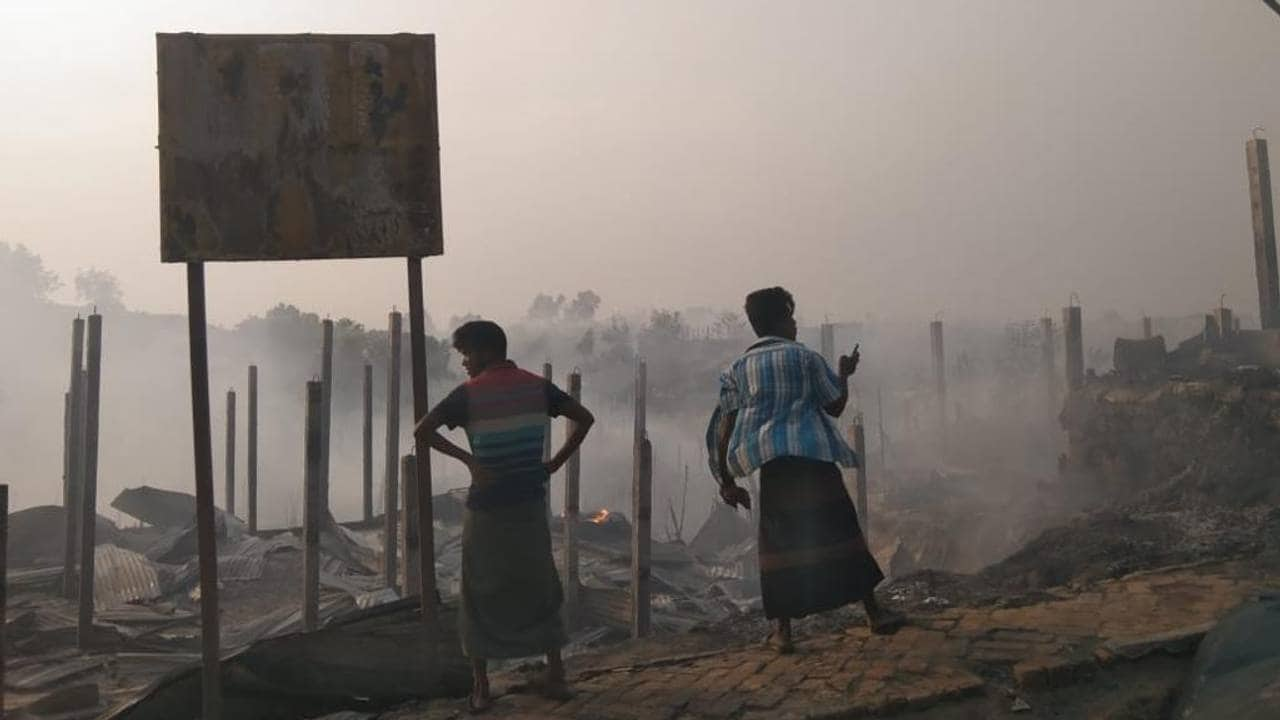
Fire in the world’s largest refugee camp in Cox´s Bazaar, Bangladesh.
–
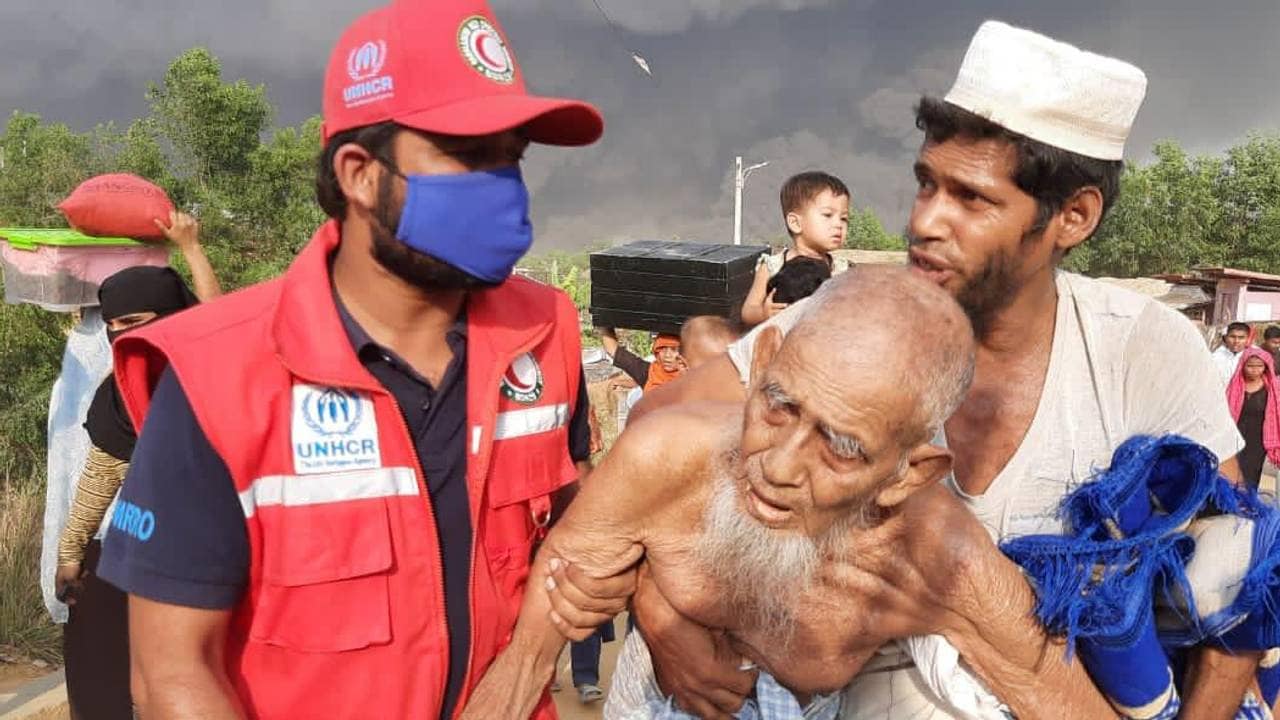
Fire in the world’s largest refugee camp in Cox´s Bazaar, Bangladesh.
–
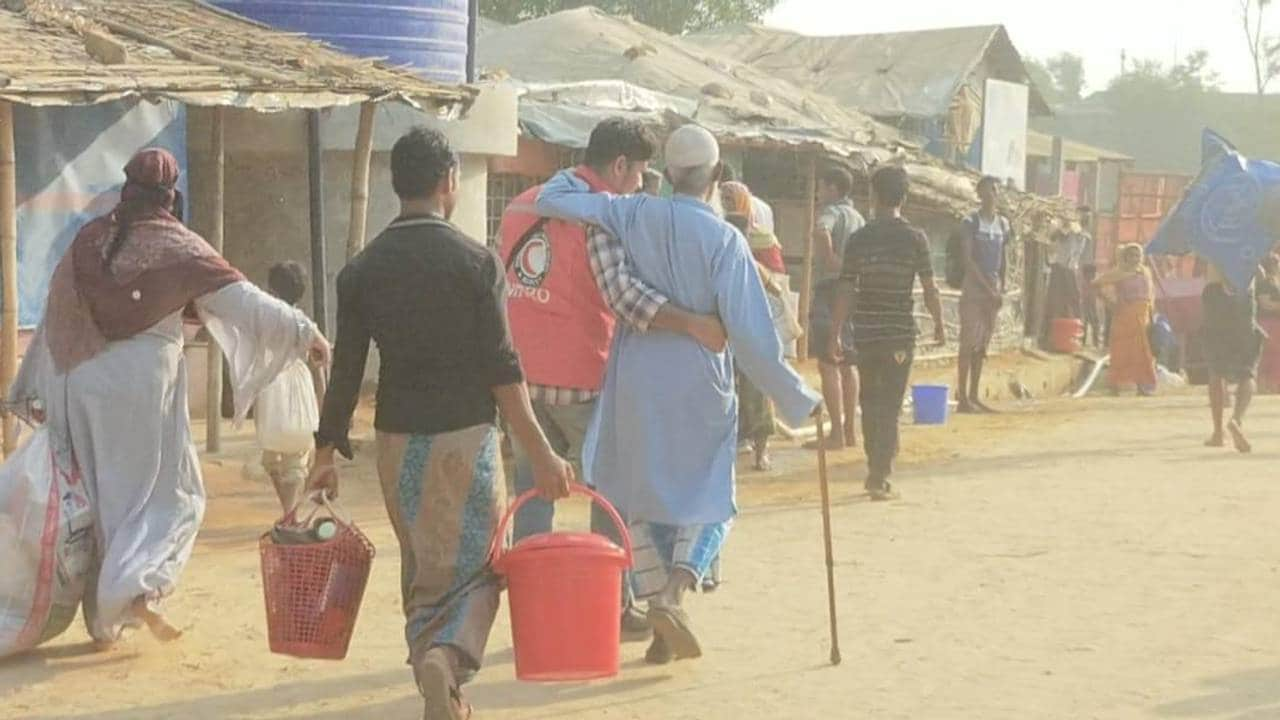
Fire in the world’s largest refugee camp in Cox´s Bazaar, Bangladesh.
–
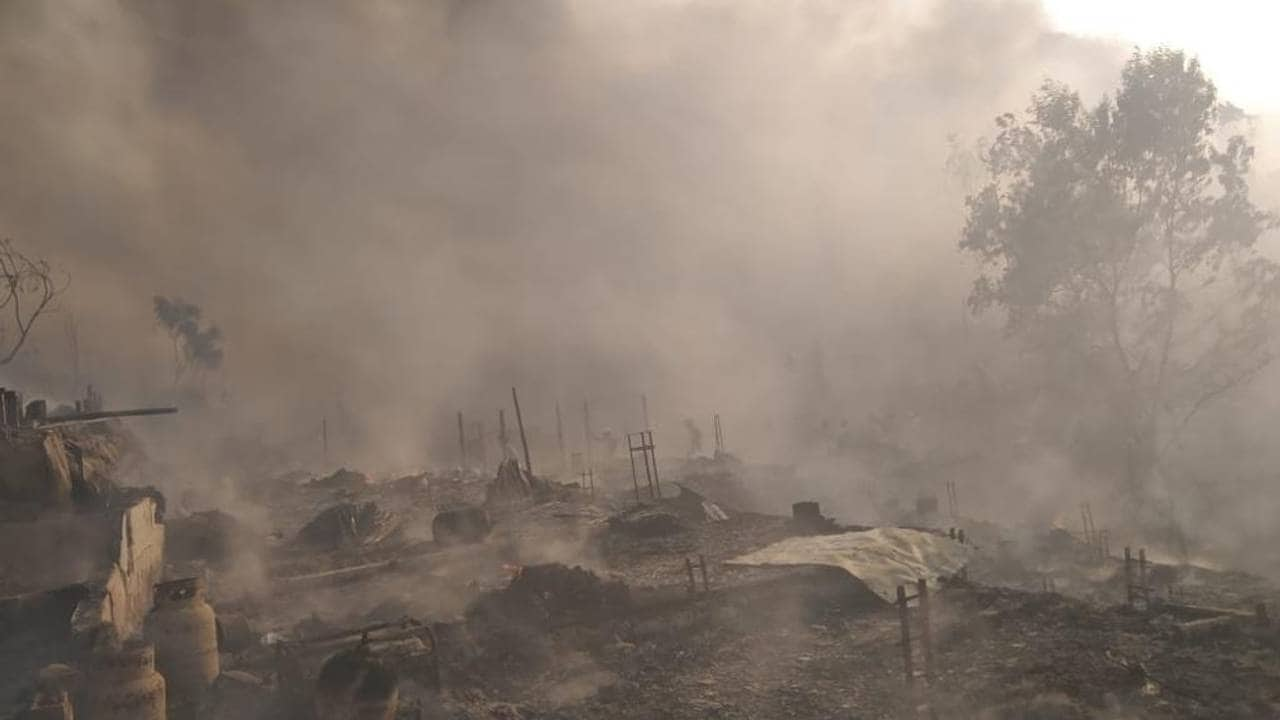
Fire in the world’s largest refugee camp in Cox´s Bazaar, Bangladesh.
—–
Thick columns of smoke roll up
According to NTB, the fire spread quickly for at least four quarters, and both homes, health centers and distribution centers were destroyed in the fire. It continued to rage after dark on Monday night. Photos on social media show large clouds of smoke.
According to AFP, thick columns of smoke rolled over the affected camps
– What we know so far is that people are being evacuated to other parts of the camp where they will be accommodated in schools, leisure clubs, other buildings, also these made of bamboo and plastic. There they will get food and essential necessities of life, but I am very worried about what will happen. Now there will be a rainy season in two months, and getting the housing of all these to be rebuilt before the rain begins will be extremely difficult, Håsaker says to NRK.
Extremely crowded in the camps
The main camp is home to around 600,000 people in just 13 square kilometers.
– It is a bit like having large parts of Oslo’s population living on an area equivalent to Bodø. Those who live there are completely dependent on services and on food from the aid organizations and the Bangladeshi state, says Hårsaker.
In the entire camp complex together, there are more than one million Rohingya Muslims. These live in flimsy and flammable buildings in the huge camps at Cox’s Bazar, about 300 kilometers from the capital of Bangladesh.
According to NTB, close to 750,000 of them crossed the border after the military in Myanmar attacked them in 2017.
– The refugees, who came to the camps in 2017, mostly only came with the clothes they had on their backs. Many were injured and are still struggling with the physical and mental repercussions of it. They have since lived in uncertainty about what will happen to them. My experience is that people are survivors. They do their best to make this livable and good places to be, but it is difficult when you do not know what will happen.
–
